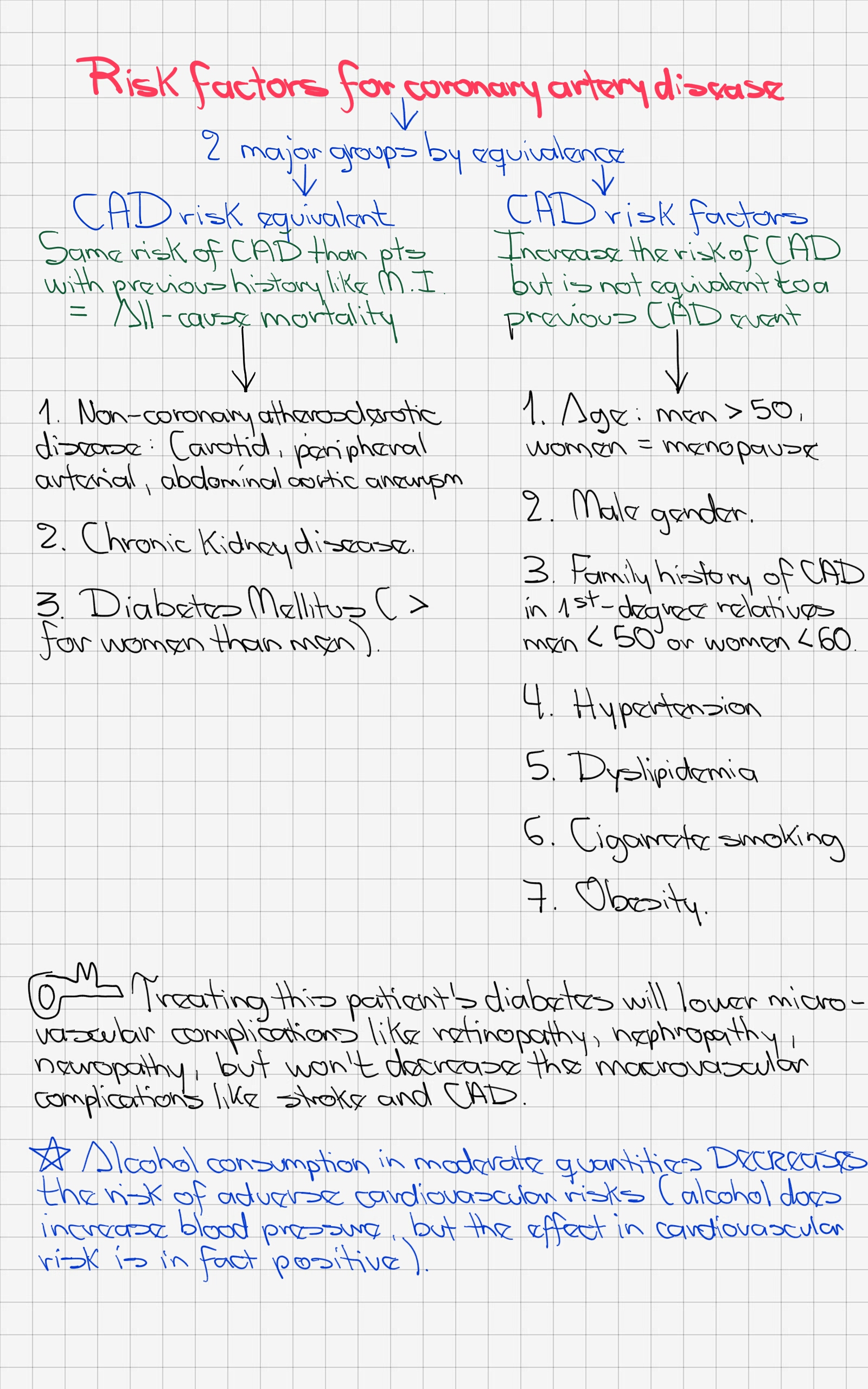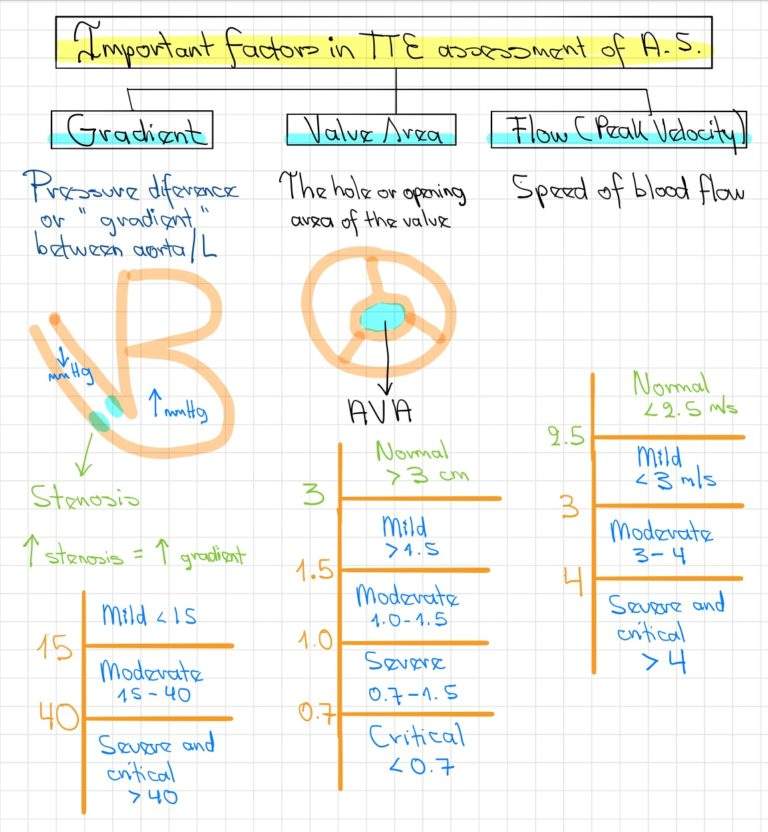Recognizing Coronary Artery Disease CAD is very important. In the past, the classification was mostly done by the ability to modify a risk factor. Now, the classification by CAD related risk is used more. CAD risk equivalence refers to the comparison between mortality rates of patients with a history of CAD like myocardial infarction vs mortality risk of a patient with certain risk factors like diabetes or chronic kidney disease.
The all-cause mortality between patients with a history of CAD and patients with diabetes, chronic kidney disease, or noncoronary atherosclerotic diseases like PAD or carotid atherosclerosis is the SAME. That is why they are considered CAD equivalents.
In diabetic patients, treating the disease achieving treatment goals decreases the risk of microvascular complications like retinopathy, nephropathy, or neuropathy. Tight glycemic control does not decrease the risk of MACROVASCULAR complications like CAD or stroke. This is why diabetes is considered at high risk for cardiovascular complications.
Alcohol can increase blood pressure, however, in the moderate intake, it actually decreases the risk of coronary artery disease. Smoking increases the cardiovascular risk as well, mostly when the patient consumes ≥ 1 pack a day (PPD).
This topic is high-yield for the USMLE exams, especially Step 2 CK and Step 3 exams. I hope that you liked this post, please leave your comments below or subscribe to get more information in the future. Good luck!.
- Aortic Stenosis Severity Classification - 09/22/2020
- Carboplatin (Paraplatin) - 04/07/2019
- How to test for Vitamin D deficiency? - 09/29/2018






